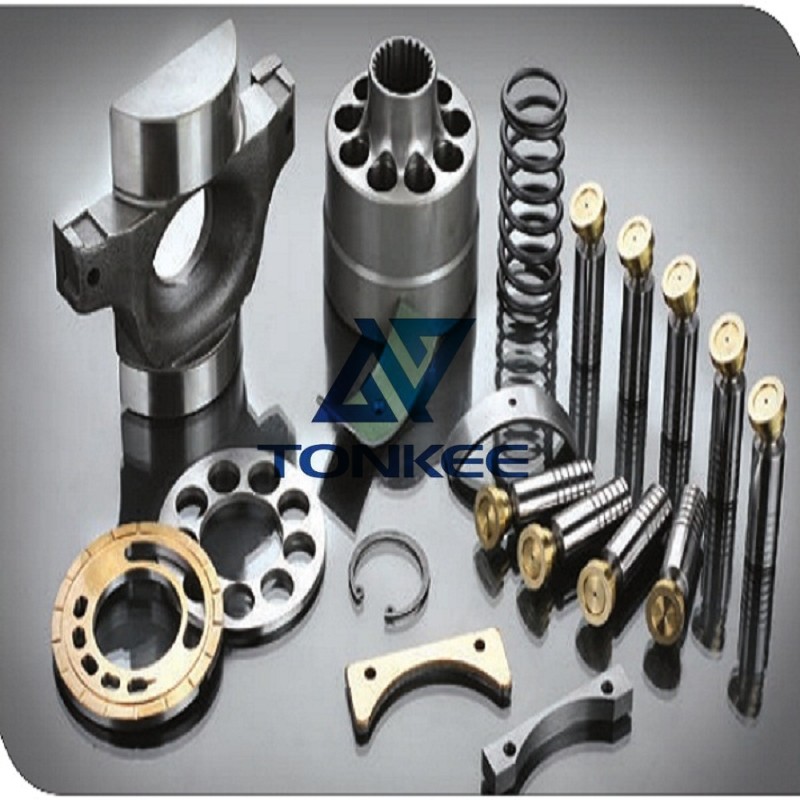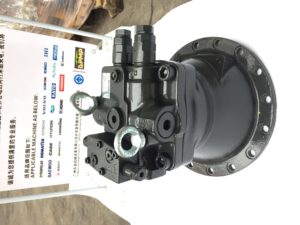
Piston Assembly: At the heart of the Vickers Linde piston pump is the piston assembly.
It consists of a piston, cylinder block, and piston shoes. The piston moves within the cylinder block to create reciprocating motion, which generates hydraulic pressure. The piston shoes ensure proper sealing and transfer the force from the piston to the fluid.
Cylinder Block: The cylinder block contains multiple pistons and is a critical part of the pump's design. These pistons operate in various phases to ensure a continuous flow of hydraulic fluid. The block's material is typically high-strength steel to withstand the high pressures and forces involved.
Valve Plate: The valve plate plays a crucial role in controlling the direction of hydraulic fluid flow. It contains a series of ports and channels that guide the high-pressure fluid to the desired destinations within the hydraulic system.
Swashplate: The swashplate is a sloped or angled plate connected to the pump's shaft. It is responsible for adjusting the angle of the piston shoes, which, in turn, controls the displacement and output flow of the pump. By altering the swashplate angle, the operator can control the pump's performance.
Drive Shaft: The drive shaft connects the pump to the prime mover, typically an electric motor or internal combustion engine. This shaft transmits the mechanical energy from the prime mover to the pump's internal components, enabling the generation of hydraulic pressure.
Bearings and Seals: High-quality bearings are essential to minimize friction and ensure smooth operation of the pump. Seals, including piston and shaft seals, are crucial for preventing fluid leaks and maintaining system efficiency.
Materials and Manufacturing: Vickers Linde pumps are known for their durability and longevity.
They are often constructed from high-grade materials such as cast iron, steel, and specialized alloys. Precision manufacturing techniques are employed to ensure tight tolerances and high-quality components.
Displacement and Flow Rate: These pumps come in various displacement sizes, which determine the volume of hydraulic fluid they can deliver per rotation or stroke. Flow rates typically range from a few liters per minute to several hundred liters per minute, making them suitable for a wide range of applications.
Pressure Rating: Vickers Linde piston pumps are designed to handle high pressures. They are available in various pressure ratings, which can range from a few hundred to several thousand pounds per square inch (psi). The specific pressure rating depends on the pump model and intended application.
Controllability: These pumps offer precise controllability through the adjustment of the swashplate angle. This feature allows operators to vary the output flow and pressure as needed, making them versatile for different tasks.
Efficiency: Vickers Linde piston pumps are known for their high efficiency. They are designed to minimize energy losses and provide the necessary hydraulic power with minimal waste.



 English
English Русский язык
Русский язык




